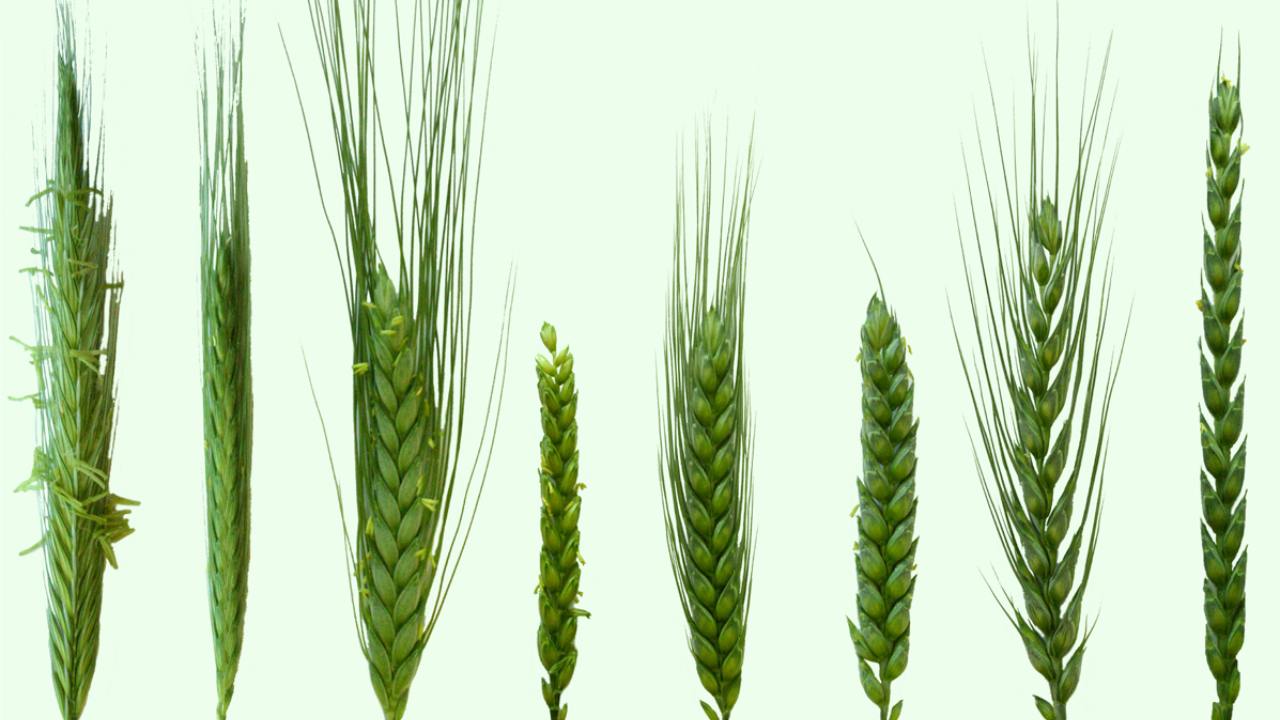In a revolutionary declaration this August, the International Wheat Genome Sequencing Consortium (IWGSC) announced the complete genome sequence of a variety of wheat called ‘Chinese Spring’. Completed almost two decades after the human genome was sequenced, it is a testament to the complexity of the enterprise. The wheat genome is, by far, the most complex genome to be sequenced. For years, the genetic sequencing of this critical cereal crop was the holy grail of agricultural genomics. Some 11,600 years ago — somewhere in the Southern Levant — a wild grass (emmer wheat) was domesticated. The domestication of wheat, along with barley, chickpea, lentils and flax, heralded the Neolithic revolution which led to settled agriculture and civilization as we know it. Human ingenuity then took over and with cross-breeding of different varieties over many millennia, we got the wheat varieties that we currently know of. This humble grass commands the largest land area of any crop — about 215 million hectares, or roughly the size of Greenland.
With about 740 million tons of it being produced every year, it is the second most produced cereal in the world after corn (which is mostly used as animal feed). Wheat provides about 20 percent of calories to humanity, second only to rice. Rich in protein, it is also the top source of vegetable protein in low and middle-income countries. Given its importance, one would imagine that scientists would have decoded the genetic mysteries of wheat a long time ago. The problem is the enormously-complex nature of the genome. It is not just complex — it is also, well, enormous! Rice has about 400 million base pairs in its genome. ‘Base pair’ being the genetic letter which needs to be ‘read’ and sequenced. Corn, with a complex genetic structure, has about 2.4 billion base pairs; the human genome has about 3 billion. With its 16 billion base pairs, wheat is the undisputed winner in these sweepstakes. But it was not just the genome size that was a stumbling block. The complexity was another hurdle. Genetic material, or DNA, is organized into long structures called chromosomes. DNA, of course, contains all the instructions required for life. These instructions are coded in parts of DNA called genes which are read by other constituents of the cell to manufacture complex molecules called proteins. Evolution has ensured different species have different numbers of chromosomes. And to complicate things further, different organisms have different numbers of the copies of chromosomes. For instance, humans have two copies of each of their 23 chromosomes (one from each parent); that is a total of 46 chromosomes. The number of genes in the human genome is around 25,000. It turns out that because of hybridization of wheat with other wild grasses over millennia, the wheat genome typically carries six copies of each of its seven chromosomes! And the number of genes is estimated to be a staggering 1,60,000 to 3,30,000!
The Human Genome Project cost about $3 billion and took around 11 years to complete. Since then, sequencing technologies have advanced to such an extent that one can now get one’s genome sequenced for under $1000 in a week or so. Even with these technological developments, the 1,10,000 odd genes of the wheat genome took 14 years to be sequenced at a cost of about $70 million. While the sequencing is a stupendous scientific achievement, it is equally an important step for global food security. The production of wheat has to increase by roughly 1.7 percent annually to keep up with population increase globally. In addition, wheat, unlike other cereals has gluten proteins which makes it the choice cereal for the production of processed foods. With rising standards of living, the consumption of processed foods is also increasing and hence wheat production needs to keep pace. What this means is that newer varieties of wheat with higher yields would need to be developed. In addition, varieties which are disease-and-pest-resistant, and can better withstand the vagaries of weather would be needed. We are already seeing the effects of global warming with frequent droughts, unseasonal rains and unusual frost. All these make the development of better varieties imperative.
Of course, humans have been developing better varieties of plants with selective cross breeding. But, this can usually take years and is also largely a trial-and-error process. Even though the variety of wheat whose genome has been sequenced is not that widely used, scientists think the techniques and knowledge gained from this would help them unlock the genetic mysteries of other varieties. We have already seen the tremendous difference that genetic engineering has made in the yields of corn and soybean. Wheat and rice, the biggest sources of calories for humanity, await their turn now. Whether the genetically modified varieties would pass regulatory tests remains to be seen. The first Green Revolution in the 1960s rescued us from the “ship to mouth” situation our country faced then. Only time will tell whether this breakthrough will usher a second Green Revolution, a Grain Revolution of our times.


)
)
)
)
)
)
)
)
)



